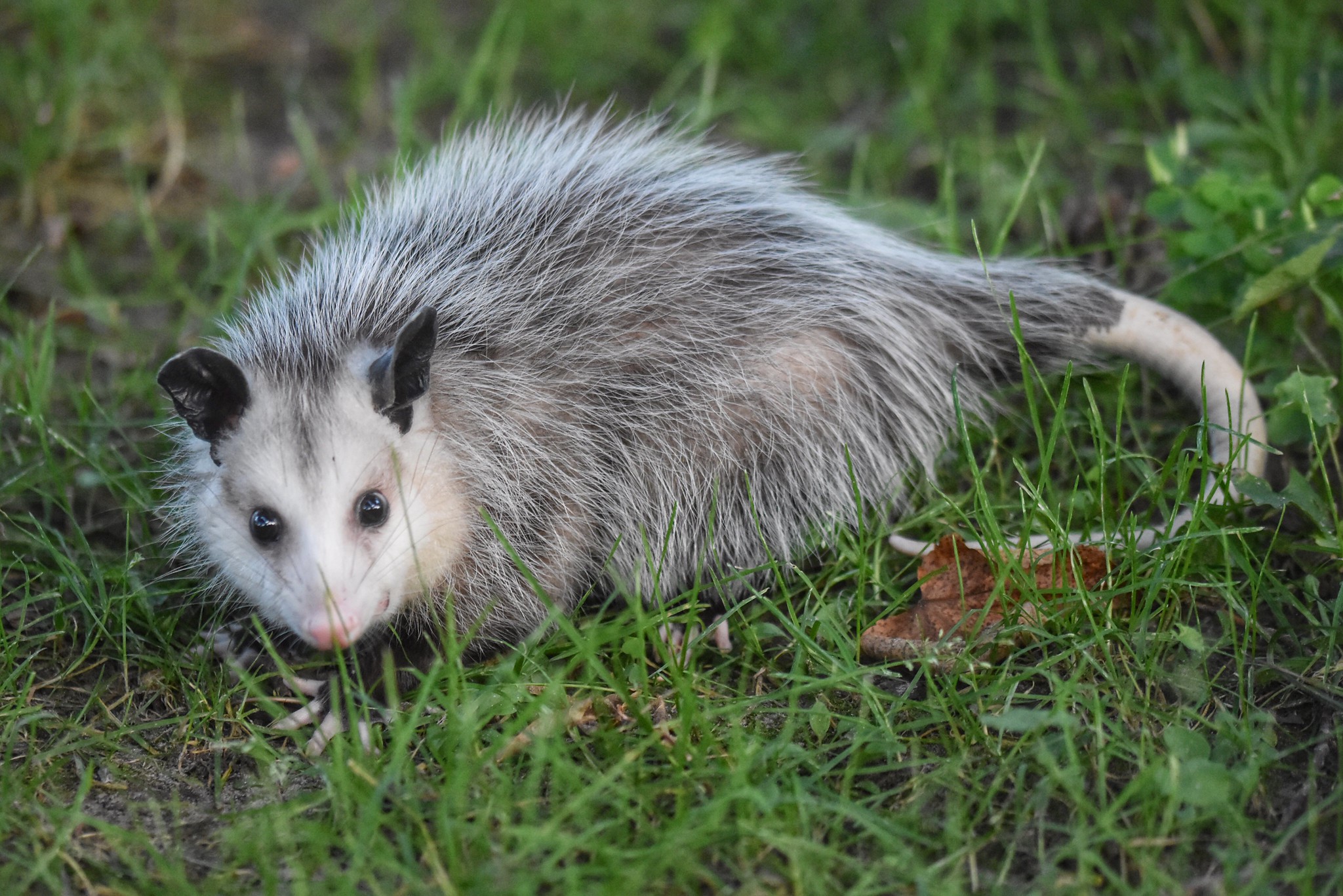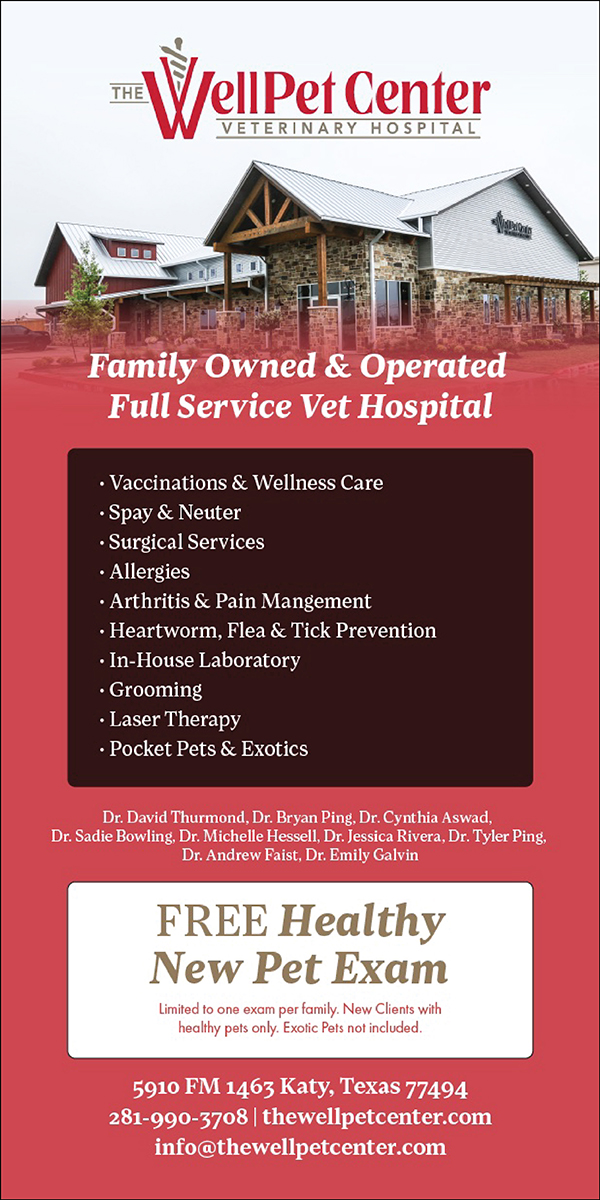
Capture Myopathy
By Cheryl Conley, Lake Creek Preserve Board of Directors
I think we can all agree that you can’t believe everything you read on the internet but sometimes good information is provided and we can actually learn from it. This was the case when I read about capture myopathy (CM). Myopathy refers to diseases that affect muscles. I knew that high stress in animals can lead to their death but I didn’t know it had a name. With wildlife, this metabolic syndrome occurs from stress due to an intense pursuit, capture, restraint/handling, trapping or when transporting. It affects all species of all ages and sexes. The signs of CM start early on. The earliest sign is hyperthermia; the animal’s temperature rises and the animal begins to pant and sweat. The animal may have trouble breathing and have a fast heart rate. The animal may appear weak and/or have muscle tremors. It could collapse and die immediately or could take up to 4 weeks.
-
Hyperacute – very rapid onset of death
- Acute – death occurs in 2 to 4 days from heart muscle necrosis
- Subacute – death occurs from kidney failure
- Chronic – animals die over 2 to 4 weeks from heart failure and paralysis
So how exactly does CM affect the body of an animal? I’ll try to make it simple. When an animal’s muscle is exerted from stress, the metabolism changes from aerobic, which means using oxygen, to anaerobic, which means it is using stored energy. This causes acidosis which is the build up of lactic acid. When there’s lactic acid in the bloodstream, pH in the body drops and that affects the heart output. If the heart doesn’t pump oxygen to the muscle, the muscle starts to die. Over the next 7 days, the muscle dies and releases myoglobin (breakdown product of muscle). Myoglobin damages the kidney, the lungs become congested and bleed, the liver becomes pale and swollen.
Unfortunately, if you have an animal exhibiting signs of CM, the prognosis is poor. There is nothing that can be done to save the animal and euthanasia is the kindest thing you can do.
You might be wondering why you need to know about CM. In most cases, it’s nothing the average person will ever encounter. However, if you are a homeowner and decide you want to trap and relocate a nuisance animal, you might want to take the following steps. I don’t condone this action but I realize people feel differently about it. A word of caution before setting a trap--make sure you know the laws. Some species are legally protected. In Texas, Texas Parks and Wildlife states that trapping and relocation of opossums, skunks and other fur-bearing animals may occur, “if the person has received authorization from the TPWD department and the owner of the property where the release will occur.” They also state that a monthly report must be submitted showing the “number and kind of fur-bearers captured, location of release site, plus name and address of person authorized to release.” Texas Parks further state that it’s illegal to transport animals such as fox, skunk, coyote or raccoon within Texas. However, there is an exemption for peace officers, licensed pest management personnel and other authorized persons, as long as the animal is released in the same county, within 10 miles of where it was captured.
- Make sure you have a plan. If you’re successful in catching the animal, where will you take it? Don’t release on someone else’s property without permission. Will you be able to check the cage regularly so the animal spends as little time as possible in the cage?
- Keep the cage covered with a blanket or towel. It minimizes stress on the animal when they can’t see.
- Keep the noise down. Limit conversation and please, no dogs.
- If it’s hot outside, don’t put the cage in your trunk. It’s way too hot in there!
In my area, we’ve had a number of reports of kids harassing wildlife. Parents, please teach your children to respect all living things. Although it may seem fun to them, it could possibly cause that animal to die from CM.
 |
|
|
Written by: Cheryl Conley
Cheryl currently sits on the Board of Directors for the Lake Creek Greenway Partnership. She is also currently working with a Montgomery County Commissioner on a new nature center/wildlife center. Previously, she was the president of TWRC Wildife Center and Vice President of Friends of Texas Wildlife. Cheryl is a State of Texas permitted wildlife rehabilitator.
|










